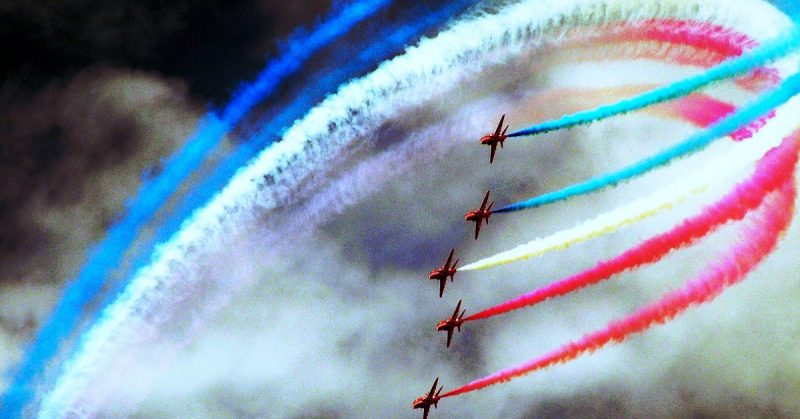A study has found that only 25% of British citizens know that the Royal Air Force (RAF) is celebrating its 100th anniversary this year. More than 50% don’t know the history of the military branch. 40% of those under 25 years old were not even aware that the RAF won the Battle of Britain.
Forces Network (a pro-military news site) has used this study to help launch their DVD – 100 Years of the RAF – which has the goal of teaching the British about the history of the RAF. It is not expected, however, that the video will reference the controversial or disastrous incidents in the RAF’s history.
Without a doubt the contributions of the RAF to the world are tremendous. The RAF has served gallantly and steadfastly through some of the darkest days of humanity. However, it is not without some controversy and a few disasters. It’s good to remember the bad along with the good. Here are a couple of the RAF’s less than stellar events.
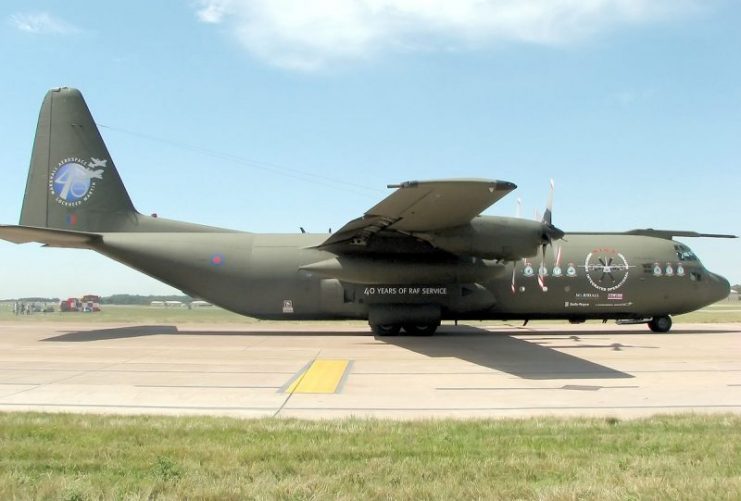
The Downing of an RAF Hercules
When 10 RAF servicemen were killed in 2005 after their Hercules aircraft was shot down in Iraq, an inquest ruled that the RAF and the Ministry of Defense (MOD) were negligent for not outfitting the plane with explosion-suppressant foam (ESF). Another 47 men on Squadron Special Forces flight XV179 would have had their lives spared if that plane had been outfitted with the foam as well.
Americans have been outfitting Hercules aircraft with ESF since the 1960s. Despite the concerns British military commanders expressed about the safety risk that resulted from not installing the foam system on the planes, the RAF refused to go through with the project.
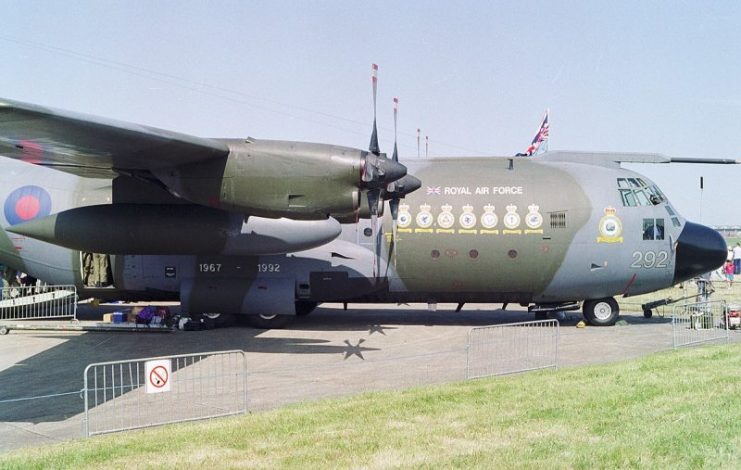
Both the MOD and the US military stalled the investigation into the crash. The MOD withheld documentation concerning the RAF’s decisions that led to the tragic crash. US servicemen were the only witnesses to the crash, but the US military would not allow the witnesses to speak to the inquest.
The documents that were available to the investigation showed that military research recommended outfitting the planes with the foam in 2002. The recommendation was repeated in a 2003 Tactical Analysis Team report. To top it off, no one informed the crew of the Hercules about the potential danger they were in. Had they been warned, they may have changed their flight tactics.

Weather Control?
Another questionable project that the RAF was involved in was Operation Cumulus. According to declassified records, the RAF worked with scientists around the world to spread different substances in order to make it rain.
The military was interested in being able to make it rain or snow in an area in order to slow down the advance of enemy troops – either slowing them down by the rain or snow or increasing the flow in rivers and streams to prevent the enemy from crossing them.
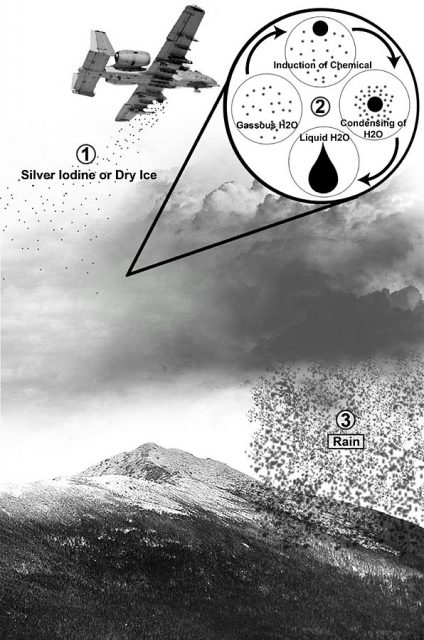
They also looked into the possibility of exploding an atomic weapon in the seeded cloud in order to spread the effects of the radiation in the precipitation.
The secret experiments stopped after three years when they produced the worst flood recorded in British history. In 1952, 35 people were killed when 90 million tons of water and thousands of tons of rock ran off Exmoor and into the town of Lynmouth below. The rock flow and flooding destroyed homes, businesses, and bridges.
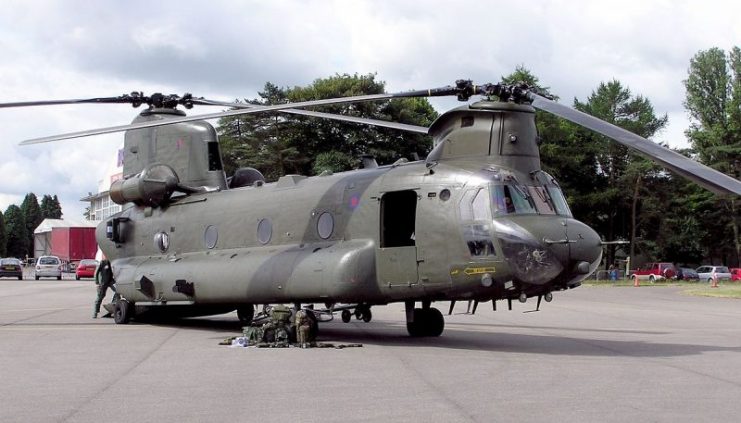
The government denied any involvement in weather control in order to avoid paying for the damages. But in 2001, the British Geological Survey discovered silver in the river Lyn – potentially a hazard to the health of residents in the area.
The Chinook Crash Mystery
The RAF had its worse peacetime disaster when a Chinook helicopter crashed on the Mull of Kintyre, Scotland. Twenty-five passengers and four crew members were killed in the crashed with no survivors. The fatalities included nearly every one of the UK’s Northern Ireland intelligence experts.
An RAF board of inquiry ruled that it was not possible to determine the precise cause of the accident. This ruling was later overturned by two senior reviewing officers. The officers stated that the pilots were grossly negligent because they flew too fast and low in heavy fog.
A parliamentary inquiry found no reason to suspect that the pilots were grossly negligent. An independent review exonerated the crew but, to date, no responsibility has been assigned to the crash.
